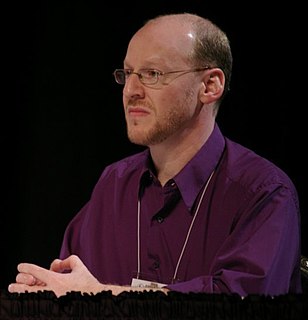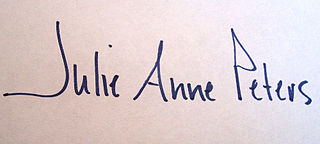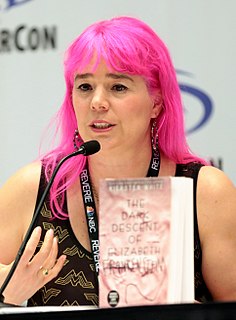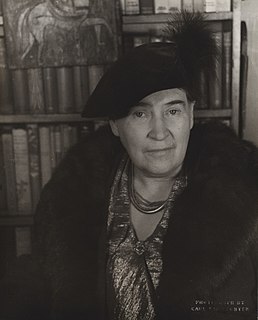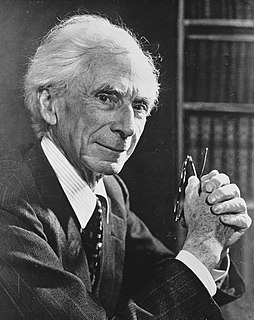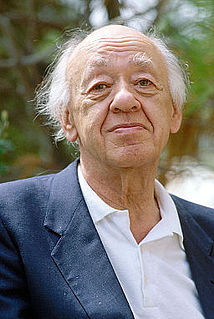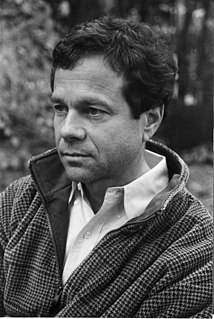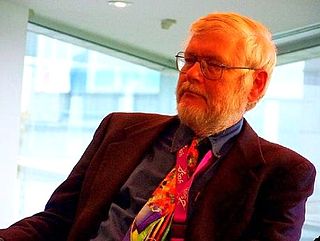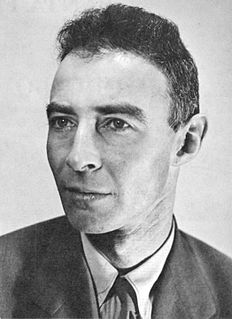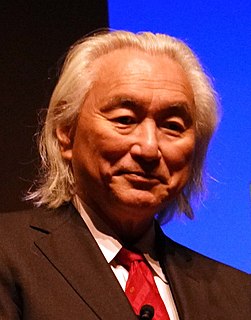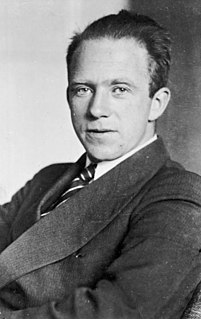A Quote by C. V. Raman
The fundamental importance of the subject of molecular diffraction came first to be recognized through the theoretical work of the late Lord Rayleigh on the blue light of the sky, which he showed to be the result of the scattering of sunlight by the gases of the atmosphere.
Related Quotes
She sat down on one of her grandmother's uncomfortable armchairs, and the cat sprang up into her lap and made itself comfortable. The light that came through the picture window was daylight, real golden late-afternoon daylight, not a white mist light. The sky was a robin's-egg blue, and Coraline could see trees and, beyond the trees, green hills, which faded on the horizon into purples and grays. The sky had never seemed so sky, the world had never seemed so world ... Nothing, she thought, had ever been so interesting.
I turn and I look back across the lake. The mist is gone and the ice diminished, the drip of the icicles quick and heavy. The sun is up and the sky is blue empty blue light blue clear blue. I would drink the sky if I could drink it, drink it and celebrate it and let it fill me and become me. I am getting better. Empty and clear and light and blue. I am getting better.
In an atmosphere of uniform density the most distant things seen through it, such as the mountains, in consequence of the great quantity of atmosphere which is between your eye and them, will appear blue. Therefore you should make the building... wall which is more distant less defined and bluer... five times as far away, make five times as blue.
The water is this marvellous blue. It’s so blue that once you see it you realise you’ve never seen blue before. That other thing you were calling blue is some other colour, it’s not blue. This, this is blue. It’s a blue that comes down from the sky into the water so that when you look in the sea you think sky and when you look at the sky you think sea.
Look at the sky. It’s not dark and black and without character. The black is, in fact deep blue. And over there: lighter blue and blowing through the blues and blackness the winds swirling through the air and then shining, burning, bursting through: the stars! And you see how they roar their light. Everywhere we look, the complex magic of nature blazes before our eyes.
I let my head fall back, and I gazed into the Eternal Blue Sky. It was morning. Some of the sky was yellow, some the softest blue. One small cloud scuttled along. Strange how everything below can be such death and chaos and pain while above the sky is peace, sweet blue gentleness. I heard a shaman say once, the Ancestors want our souls to be like the blue sky.
So far I have been speaking of theoretical science, which is an attempt to understand the world. Practical science, which is an attempt to change the world, has been important from the first, and has continually increased in importance, until it has almost ousted theoretical science from men's thoughts.

